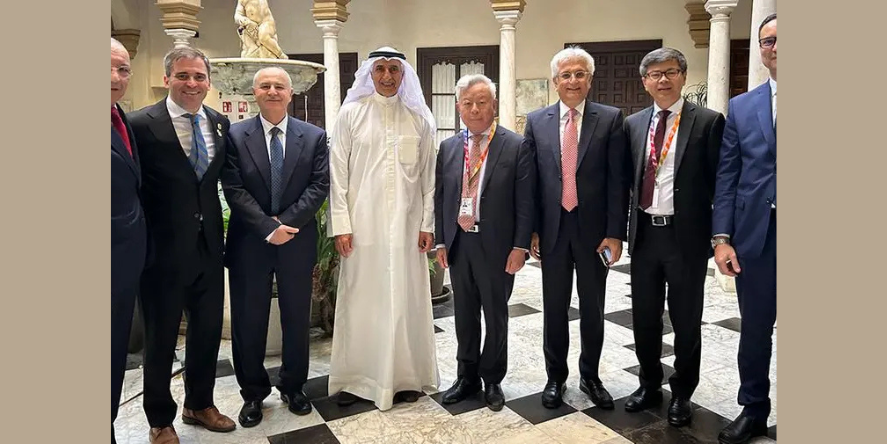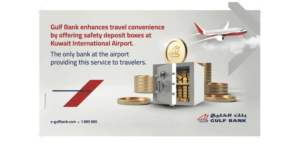Globally, an estimated 266 million people live and work outside their countries of origin to seek opportunities provided by economic globalization. About one-third of them are from Asia and the Pacific.
Asian migrant workers tend to be semi- or low-skilled. They usually migrate to countries such as the US, high-income OECD countries, the Middle East, or middle- or upper-income countries within the region.
Migrant worker remittances have become a significant source of foreign exchange earnings for many low- and middle-income countries in Asia and the Pacific. Remittance inflows have increased nearly ten-fold from $26 billion in 1999 to $251 billion last year.
Some countries—like Armenia, Georgia, the Kyrgyz Republic, Nepal, the Philippines, Samoa, Tajikistan, Tonga, and Tuvalu—even posted remittances equivalent to or more than 10% of GDP in 2017.
Migration and remittances, when taken together, have both positive and negative consequences. At the household level, remittances enable households to become better consumers, allowing them to spend more on health and education, and thus contribute to poverty alleviation.
At the macroeconomic level, remittances tend to be a stable source of foreign exchange and help countries withstand external shocks. For countries such as the Kyrgyz Republic and Nepal, remittances have even helped create a balance of payment surplus for many years.
3 WAYS ASIAN COUNTRIES CAN MAKE MOST OF MIGRATION AND REMITTANCES
However, migration also involves risks. Migrants, especially the low-skilled ones, can be exposed to fraudulent labor contracts, unlawful labor practices including abuse and exploitation, and emotional distress or trauma.
High migration, especially among the youth, reduces the size of the originating country’s domestic workforce and potentially increases the labor cost, especially in the agriculture sector as experienced in Bangladesh and Nepal. Continued reliance on remittances also keeps the country’s currency strong but tends to weaken the domestic export industries.
In recent years, ADB has hosted an international forum on Promoting Remittances for Development Finance. The objective was to share knowledge among countries in the region on migration and remittances to take advantage of the potential of remittances to speed up growth and development in receiving economies.
As a follow-on, ADB, together with the Global Knowledge Partnership on Migration and Development (KNOMAD) and the World Bank, published in May the report Migration and Remittances for Development in Asia.
The study provides updates on various emerging trends on migration and remittances. It offers insights on how to maximize the economic benefits of remittances, while minimizing the social costs of migration.
The report tries to answer the following three crucial questions for countries wanting to make the most of migration and remittances:
TIME FOR ASIAN COUNTRIES TO TURN MIGRATION FROM A NEED INTO AN OPTION
- What are good practices to promote safe and gainful migration? Effective migration management requires strong institutional capacity of migration-related agencies and organizations in both sending and receiving countries. Better data collection on migration will enable countries to make evidence-based policies. More effective cooperation between sending and receiving countries can contribute to better migrant worker protection.
- What are good practices of financial literacy programs for migrants? Financial literacy programs for migrants should not be limited to advice on “how to remit” but should also address “how to save and invest.” Countries should conduct financial literacy programs not only for migrants, but also include them in school curricula. It is also important that financial literacy programs focus on educating migrants and their families, so they can set clear financial goals for the future.
- How do you channel remittances for public investments? Countries need a comprehensive approach to attract migrants’ resources for public investments. Steps they can take include developing an investment-friendly regulatory environment, enabling technology-based fund transfers, linking banks to microfinance institutions or other community-based financial intermediaries, and promoting more financial literacy and information dissemination on investment opportunities for migrants.
Addressing these questions means countries can turn migration from a necessity—as it presently is in many countries—into an option for people seeking improved opportunities, wellbeing, and financial security.
To achieve this goal, the public and private sector could work together to create an enabling environment to protect migrants’ rights and welfare, as well as channel remittances for productivity-enhancing investments such as infrastructure.
By establishing this foundation, countries can leverage remittances over the medium-to-long term in ways that develop viable local industries and generate employment opportunities at home.



















